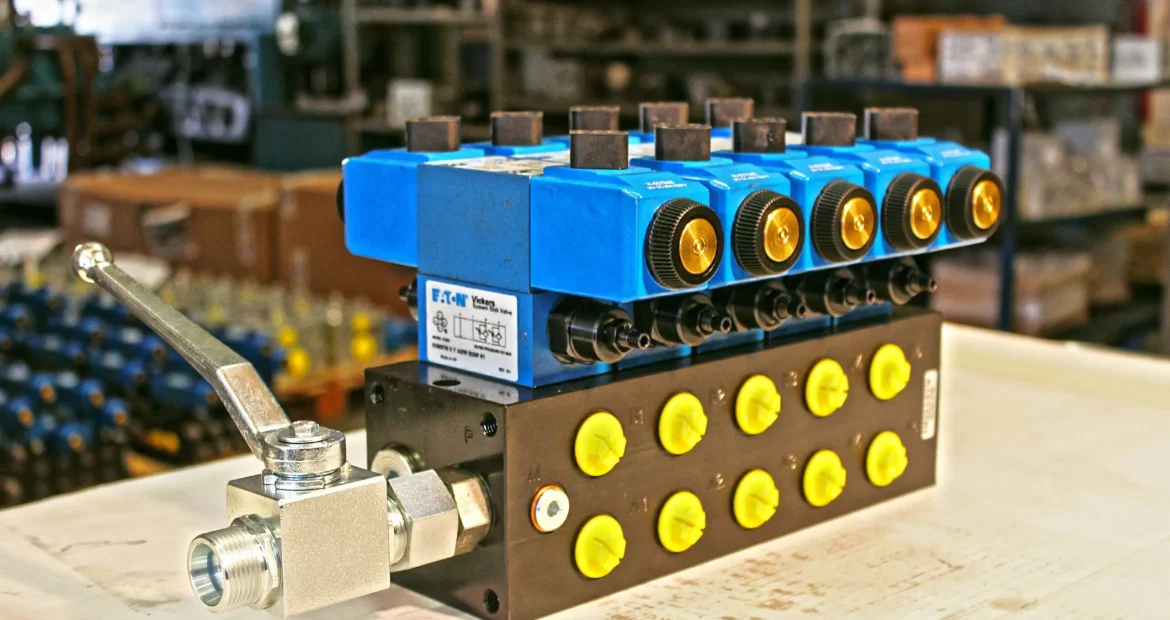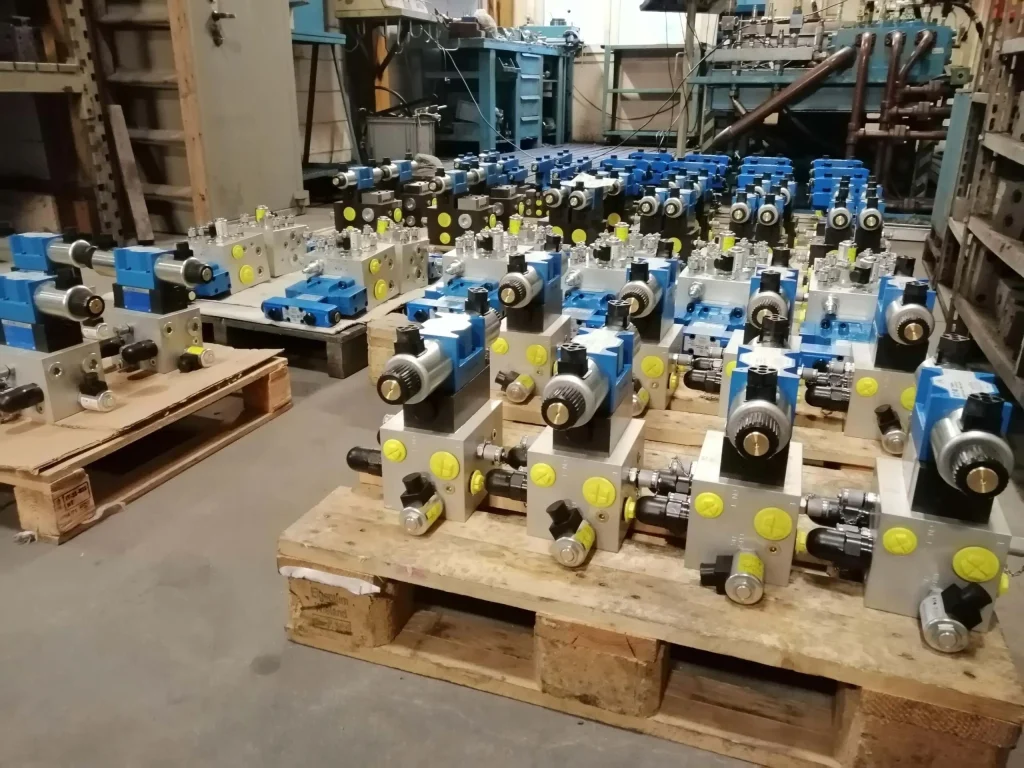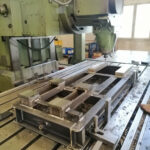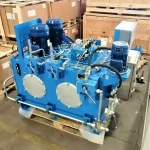Based on their construction and functional characteristics, hydraulic blocks are increasingly being used to keep the operation of a hydraulic system under control.
Let us take a look at hydraulic blocks in detail, at the way they are made, and their main application benefits.
What are hydraulic blocks?
Hydraulic blocks, also known as manifold blocks, are actually hydraulic circuits used to supervise the operation of a hydraulic system, i.e., a system able to perform a mechanical task using the energy produced by a fluid under pressure.
To make a hydraulic block requires an initial design stage with development of a logical schema before proceeding to the actual construction, using some elements that serve this purpose, such as cartridge valves, cetop valves and many others.
Simply put, it is a sequence of logical elements and hydraulic accessories such as pressure gauges, pressure switch, and pressure and temperature transducers.
To expand and clarify the concept, hydraulic blocks can be divided into two parts: one part is essentially developed with logical elements that serve to process the information obtained through specific sensors, and a second part to elaborate them in order to execute the necessary operations performed by the actuators.
The most fitting comparison, which offers a more complete picture is where the hydraulic blocks are compared to a classic switchboards in a system.
This means that the block allows an operator to keep the amount of fluid that flows between the different parts of a hydraulic machine under control.
How are hydraulic blocks made?
Hydraulic blocks represent an essential element on any type of hydraulic machine since, on one hand, it needs to guarantee efficiency and on the other, it must supervise the activity.
To make sure that the block can operate correctly over time, a great deal of attention needs to go into the choice of materials, according to the specific function and above all, considering the pressures used.
Essentially, there are three or four types of material able to provide significant guarantees from this viewpoint.
Specifically, one might assess the use of aluminium which has shown itself to be effective only with circuits where the pressure is sufficiently low, for example, to make exhaust manifolds or circuits that allow oil to be filtered and cooled.
If the pressure is higher, then steel and cast iron are more recommended.
The main application benefits of hydraulic blocks
Hydraulic blocks guarantee an important supervision function in order to regulate the fluid flow inside a specific machine, optimising the activity between the different pumps and actuators in the circuit.
The blocks offer numerous application benefits, provided they are created by a specialist expert company such as Riva Tecnoimpianti, which has been designing and building hydraulic blocks for many years.
This is an exclusive service which is tailored to customer requirements through the development of a logical schema that can even be provided by the customer.
Assessing the characteristics of the schema, qualified professionals first of all choose and define the different components for the hydraulic block and then assembly the whole thing to achieve a finished result characterised by efficiency and reliability.
As mentioned previously, during the design stages, the type of material is also chosen, considering the pressure levels to which the blocks will be subjected and applying a surface phosphate treatment to increase performance over time.
Thanks to this virtuous approach and to the characteristics of the hydraulic blocks, it is possible to enjoy numerous application benefits.
First of all, the overall size is reduced because, unlike alternative solutions, hydraulic blocks take up much less room because there are no fittings, hoses or other parts that could be quite a significant problem.
Another characteristic that makes hydraulic blocks so essential concerns the capacity to notably reduce leaks and overflows of oil into the environment.
In this way both aims – minimising costs and safeguarding nature and human health – are achieved.
This is mainly due to the fact that there are no connections or fittings, which are known for being the elements most subject to leaks of this kind.
Last, but not least in terms of importance, there is the possibility to minimise the risk of coming up against an error in the circuit wiring.
The hydraulic block is already pre-assembled, meaning that there is no need for the operator to install fittings, hoses or other connecting elements to allow the different hydraulic elements, such as valves, filters, actuators and sensors to interact.
With alternative solutions, however, when an operator proceeds to make the connections, it is easy for them to commit errors on the wiring of the pressure line or on the drainage line, which then causes significant problems for production and for the correct use of the whole hydraulic system.
Always contact industry professionals, and do not hesitate to contact Riva Tecnoimpianti, an established business in sales and after-sales assistance for the hydraulic sector since 1968.












